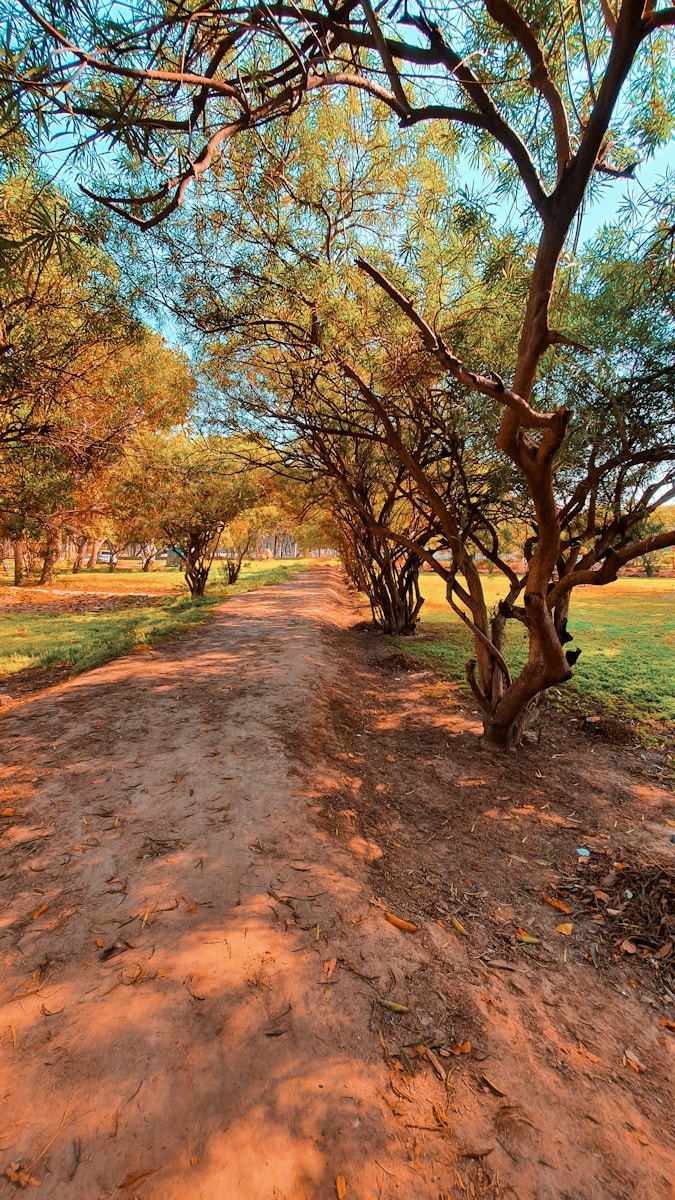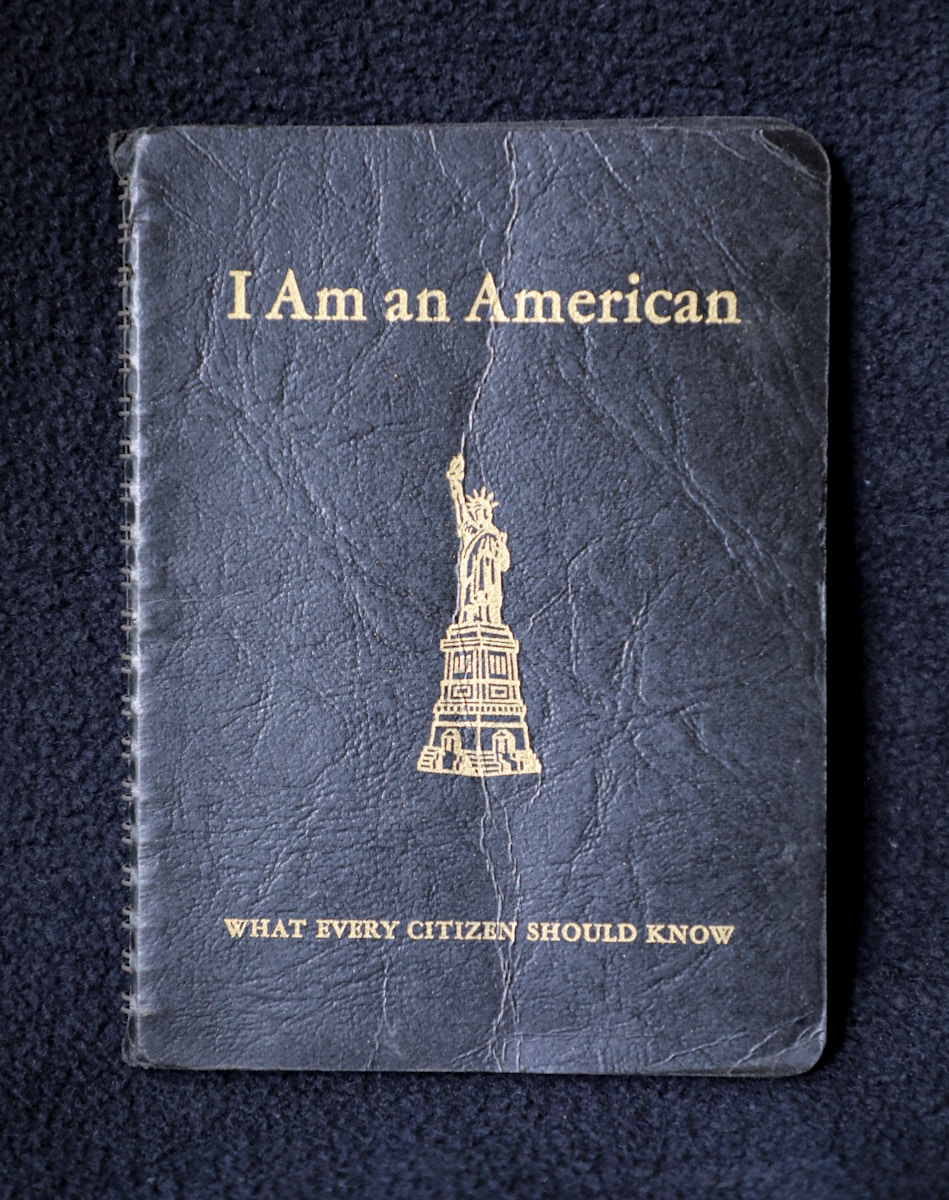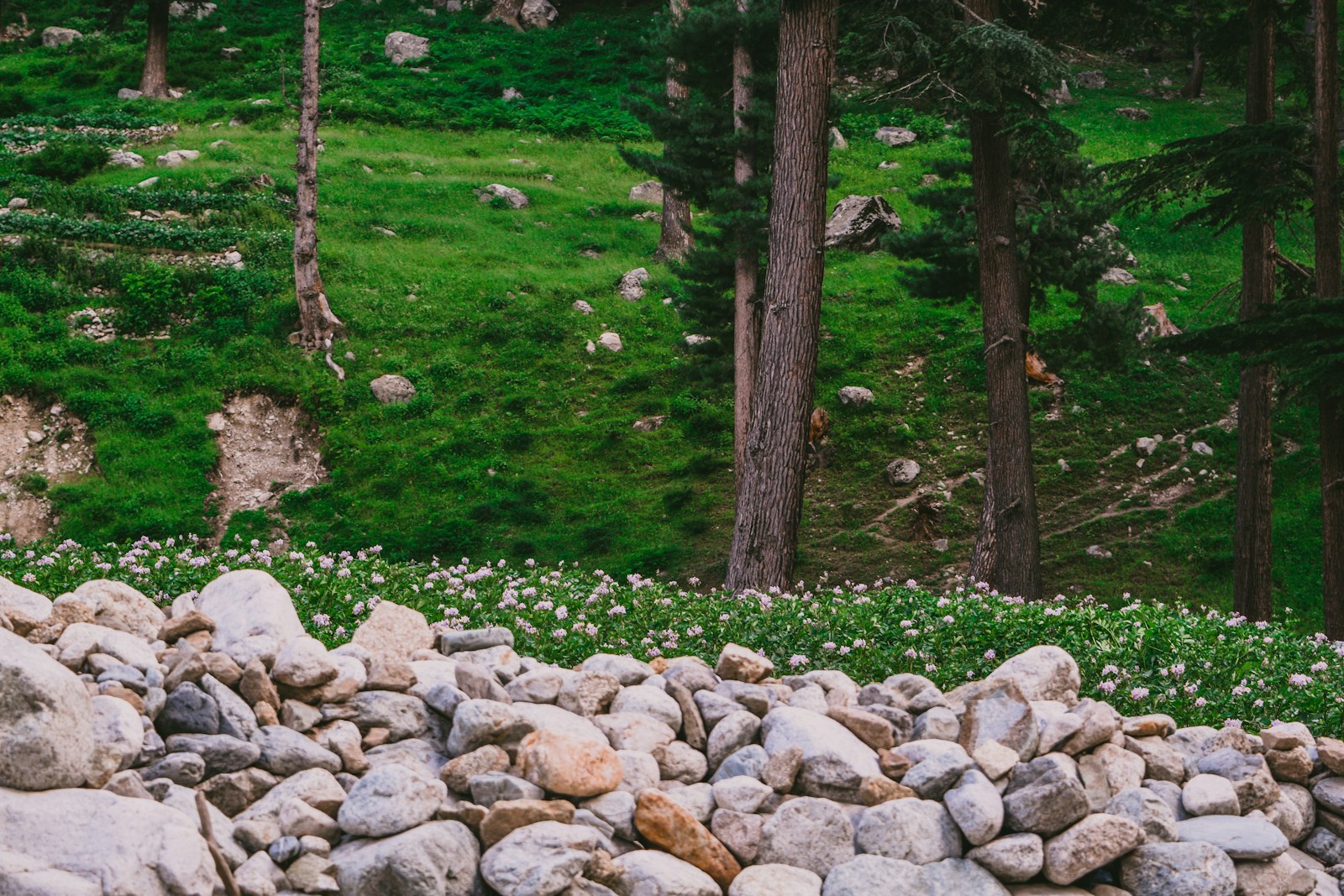The Journey of Baboo: From a Pakistan Zoo to a Rescue Centre


Table of Contents
- Introduction
- The Marghazar Zoo
- The Transformation
- The Journey of Rescuing Baboo
- Baboo’s Road to Recovery
- Baboo’s New Home
- Future Plans
- Challenges
- Support from Conservation Activists
- The Arrival of New Members
- Conclusion
- References
Introduction
Islamabad, Pakistan – The deserted look of the former Marghazar Zoo premises might fool you into thinking it’s abandoned. However, if you listen carefully, you’ll hear the chatter of monkeys, growls of bears, and even the roar of a tiger.
The Marghazar Zoo
Marghazar Zoo was ordered to shut down by the Islamabad High Court in 2020 after facing both local and global protest against their cruel treatment of animals. Following the relocation of animals, the court entrusted the zoo’s premises to the Islamabad Wildlife Management Board (IWMB).
The Transformation
The IWMB, in collaboration with animal rights activists and non-profit organization Second Chance Wildlife, began using the old zoo premises as a rehabilitation centre for rescued animals. Pakistan is a biodiverse country with many endangered species threatened by illegal hunting, poaching and habitat loss. The Margalla Wildlife Rescue Centre has since rescued more than 380 animals, including rhesus monkeys, Asian black bears, Indian pangolins, several bird species and a three-month-old Bengal tiger named Baboo.
The Journey of Rescuing Baboo
Baboo was in a critical condition when rescued. IWMB ranger Anees Hussain recalls, “When we found him, he was so weak he couldn’t walk.” Early separation from his mother had led to malnutrition and multiple bone fractures.
Baboo’s Road to Recovery
Over the 14 months following his rescue, a small team of staff and volunteers at the centre nursed Baboo back to health. Dr Usman Khan, one of the veterinary consultants handling Baboo’s care, expressed, “Initially, we were not sure he would make it. It is thanks to the daily care and treatment that he received at the centre that he made a full recovery.”
Baboo’s New Home
However, as Baboo grew, it became clear that he needed more space and company of other tigers – something the centre could not provide. On February 14, after a lengthy administrative and fundraising process, Baboo was successfully relocated to Isindile Big Cat and Predator Sanctuary in South Africa.
Future Plans
The IWMB plans to establish a sanctuary that can permanently house animals that cannot be released into their natural habitat. However, the centre’s survival is not without obstacles.
Challenges
The centre heavily relies on donations from civil society to meet the growing cost of maintaining the facilities and caring for the animals. “We are currently operating on a subsistence budget from one week to the next,” said Leah Boyer, co-founder of Second Chance Wildlife.
Support from Conservation Activists
Conservation activists gathered at the Margalla Hills National Park to protest against the municipal authorities’ attempt to regain control of the old zoo, now a wildlife rescue centre. Anila Umair, who also volunteers at the Margalla Wildlife Rescue Centre, says, “In Pakistan there are already many zoos in which the animals are suffering. We want more sanctuaries and rehabilitation centres to take care of these animals, so we don’t have to send them to sanctuaries abroad.”
The Arrival of New Members
Just days after Baboo’s relocation, staff prepared his old enclosure for two new arrivals – leopard cubs, Sultan and Neelu. “Their mother just died,” says Anees Hussain while stroking the thick fur on Neelu’s neck. “I think they will stay with us for some time.”




